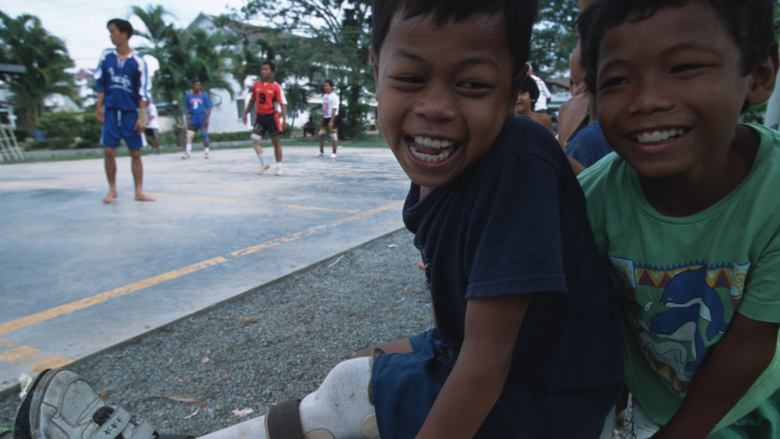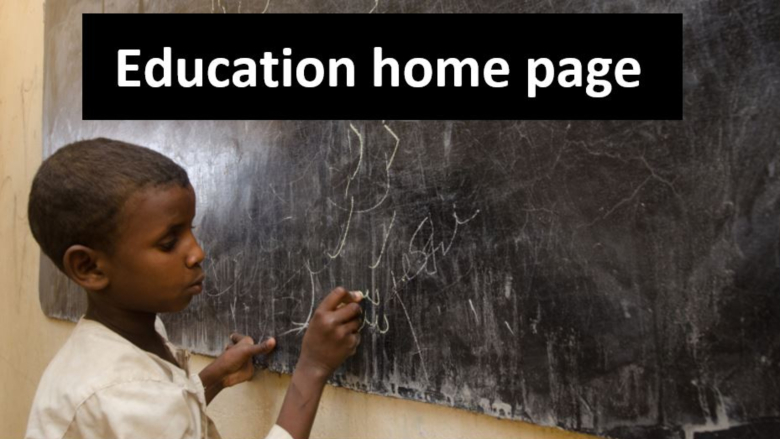
Despite the considerable progress worldwide ensuring all children are enrolled in school, many children with disabilities are still left behind. There cannot be barriers to educating children.
WHY IT MATTERS
Children with disabilities are often the most marginalized and excluded from educational opportunities, limiting their opportunities to build independent lives free from poverty. Fifteen percent of the world’s population is estimated to have a disability. The exclusion of children with disabilities is severe globally and especially in low-income countries and regions. The problem is not limited to attending school. Children with disabilities face barriers to learning even when they are in school: Too often, schools lack teachers with the adequate training and materials to provide disability-inclusive education, and classroom facilities and learning resources often don’t accommodate specific needs. We need policies that address the barriers faced by students with disabilities and proactively work to ensure that all children can receive a quality education.
OUR APPROACH
The World Bank is committed to developing policies that meet the needs of people with disabilities, as expanding equitable opportunities is at the core of building inclusive societies. The World Bank recognizes that more work is needed to ensure inclusive education. All children deserve the opportunity to be in school and learn so they acquire the skills and knowledge to thrive—regardless of their diverse educational needs. We work with governments and civil society in a wide range of areas, providing diverse financial instruments, as well as analytical work to inform institutional development, inclusive education sector planning, targeted educational programs, and multi-sectoral collaboration to support the process of disability-inclusive development.
OUR PRIORITIES
- Commit to inclusive education The World Bank’s aim is that all its education programs and projects will be disability inclusive by 2025. Among other things, this means making schools inclusive by removing physical barriers to access, training teachers to adapt their teaching strategies to support all and increasing the supply of accessible learning materials. We also want to ensure that disability is reflected in national statistics systems, poverty, and growth strategies. To deliver on this commitment, we are partnering with other development players. The Disability-Inclusive Education in Africa Program Trust Fund, which is funded through USAID, and the Inclusive Education Initiative, launched with the support of the British and Norwegian governments, are examples of initiatives that provide coordinated technical expertise and resources to countries to support them in making their education systems disability inclusive, so that no one is left behind.
- Develop better data and knowledge to support inclusive education Quality data on participation and outcomes for children with disabilities is lacking. In addition, there are barriers on the supply and demand side of education that limit access and learning. There is limited evidence about effective interventions that can be implemented at scale, especially around pedagogical practices and technology-assisted learning. We are working to generate data and document innovative approaches.
- Support disability-inclusive teaching It is critical to build educator and other school staff competencies to support learning for all students through inclusive pedagogies and learning environments. The World Bank engages with countries to ensure that professional development and training incorporate strategies so that children with disabilities can participate and learn in schools. We are working to explore innovative and inclusive pedagogies, including effective uses of assistive technologies.
Governments must act to to ensure equity and inclusion in education so that children with disabilities can attend school and have the necessary materials and assistance to learn and achieve.

